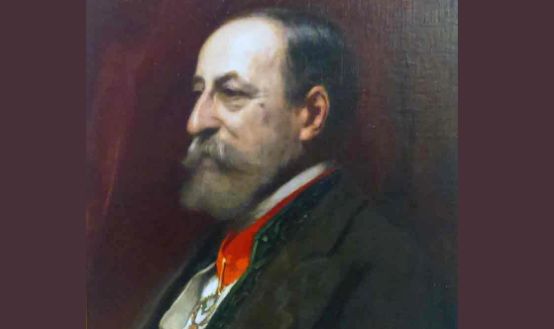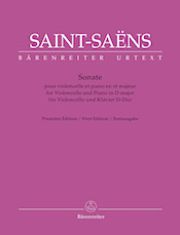Previously unknown sonata fragment
Composing his sonata for cello and piano was difficult for Camille Saint-Saëns. And tradition has not been kind to it either.

The cello literature contains several incomplete works by important composers: Mozart's only work for cello and piano, the Andantino cantabile KV 374 g (Anh. 46), remained a fragment and exists in several foreign additions, of Antonín Dvořák's early Cello Concerto in A major only the solo part and the piano reduction have survived and Othmar Schoeck left the last movement of his Cello Sonata unfinished.
An important discovery can now be added to this (incomplete) list: As part of the Bärenreiter Complete Edition of Camille Saint-Saëns' works, a previously unknown cello sonata has been published for the first time. A letter from the composer from 1919 proves that the work was performed in its entirety during the composer's lifetime. Nevertheless, only the first two of the four movements that were supposedly composed have survived, with the surviving manuscript of the second movement breaking off after 82 bars.
The conception of the sonata dates back to 1913 and Saint-Saëns seems to have struggled with the definitive writing, as he wrote in a letter to his publisher Durand in 1914: "I am working on my duo, which is only progressing with difficulty. What a difficult genre to deal with!"
As in the two sonatas op. 32 and op. 123, Saint-Saëns skillfully plays with rhythmically concise and lyrical passages. Bold harmonic changes are also reminiscent of the tonal language of the 1919 Prière op. 158 for violoncello and organ.
Saint-Saëns' cello oeuvre is given a welcome expansion by this first edition.
Camille Saint-Saëns: Sonata for violoncello and piano in D major (incomplete), first edition, edited by Denis Herlin, BA 10910, € 17.95, Bärenreiter, Kassel








